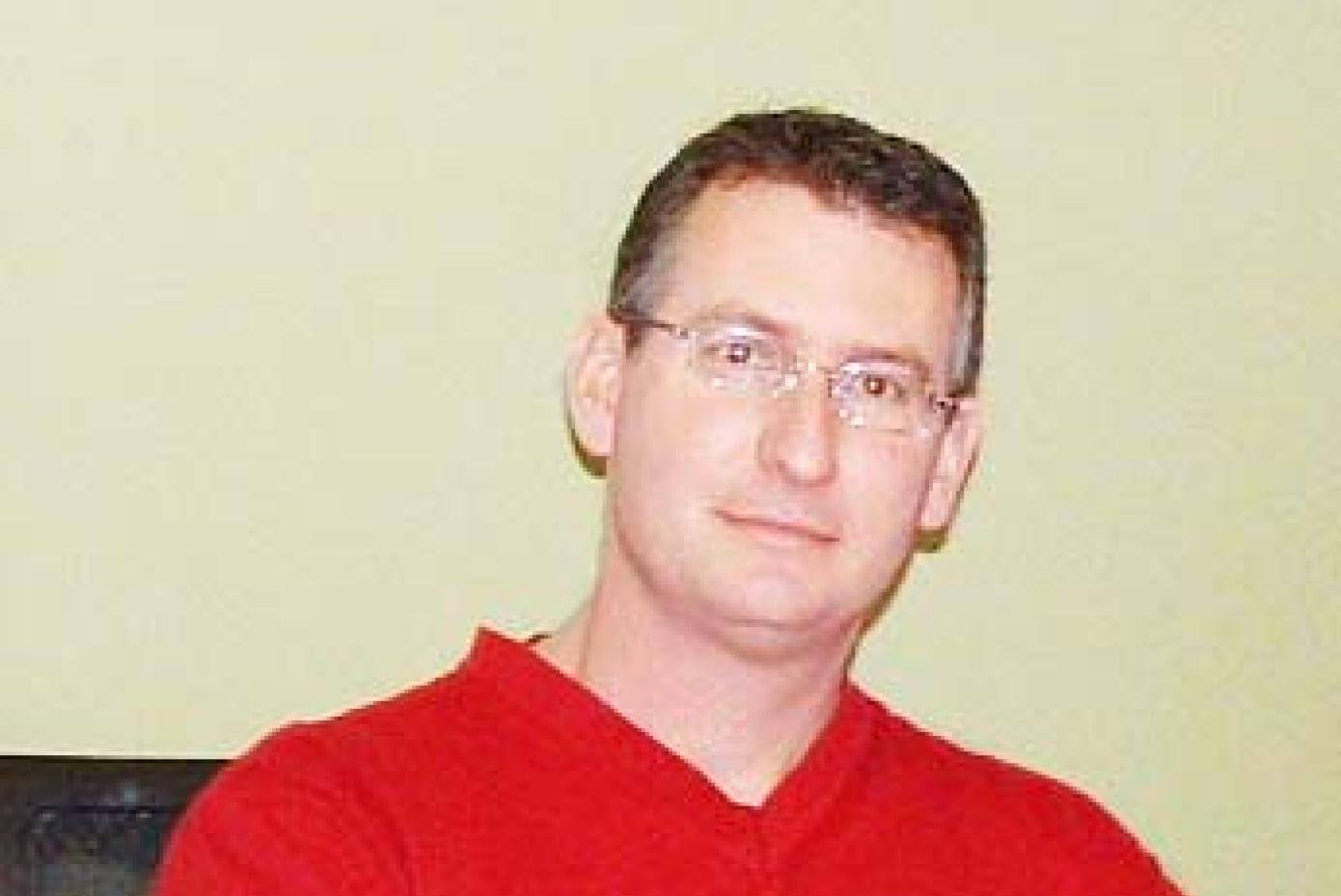Meet Brian Jaasko
Who is this Brian Jaasko guy we keep mentioning? As far as we can tell, he’s a pretty capable guy who has done a terrific job helping us create and operate our new coating division. Before joining Smith Seeds, Brian was an operations manager at Bayer Crop Science (Celpril). Brian received his formal education at Oregon State, and has spent most of is professional career in the seed industry. Contact Brian at 800-826-6327 or brian@smithseed.com.
Nitro-Coat Intro (Part 3 of 3)
As mentioned in our past two newsletters, we now offer coating services for legumes. Last month, we covered the second Nitro-Coat® Advantage: the Nitro-Coat® Process. This month, we discuss the remaining advantages in what we call ”The Nitro-Coat® Advantage!”
Other Nitro-Coat® Advantages
Nitro-Coat® seed offers many other advantages to ensure your seed has the most potential for establishment and performance. Here are a few:
Naturally Hygroscopic
A key to any successful establishment and early seed development is moisture. Nitro-Coat® is naturally water absorbent and helps attract soil moisture to the seed, getting your stand established quickly.
Fungicide Retention
Fungicides have been proven protections against diseases like root-rot and pythium. Nitro-Coat® is designed to keep these valuable protectants near the seed through early seedling development.
Available in Organic
If you need an all-natural, organic coating, look no further. An organic version of Nitro-Coat® is available for alfalfas, clovers, and legumes.
Custom Coating
Our system and expertise allows us to customize Nitro-Coat® coating formulations to fit your needs, without compromise to quality. Whether you need specific colors or certain fungicides, we can design a coating to fit your marketing needs.
Do You Know?
Do you know why leaves turn off-color when the soil is deficient in nitrogen? According to an article in the latest edition of Landscape Contractor, its because nitrogen is used to feed the younger shoots and leaves first. If there is not enough to go around, the mature shoots and leaves lose their green color. This probably explains why faster growing grasses, such as perennial ryegrasses will also look bad quicker if the soil becomes nitrogen deficient.
From Landscape Contractor, Green and Healthy Turf by Chris Derrick.
Hudson makes the list!
The 2009-2010 MD/VA Turfgrass Variety Recommendations List has been released and includes our new Hudson Tall Fescue in their “Promising Variety” category. As mentioned last month Hudson is one of the darkest tall fescues available. Just another reason to consider adding Hudson to your spring tall fescue lineup.
Ten Keys to a Profitable Forage Program
Key #6 - Prevent or Minimize Pests and Plant-Related Disorders
Diseases, insects, nematodes, and weeds are thieves that lower yields, reduce forage quality and stand persistence, and/or steal water, nutrients, light, and space from forage plants. Variety selection, cultural practices, scouting, use of pesticides, and other management techniques can minimize pest problems. Knowledge of potential animal disorders caused by plants can reduce or avoid losses.
From “Ten Keys to a Profitable Forage Program” www.uky.edu/Ag/Forage/Ten Keys.pdf
